Curated Microlearning Resources for You.
Below is a list of all current opportunities to improve your craft at your own pace through short, curated videos featuring seasoned educators offering practical wisdom for real-life scenarios and situations.

Recent Resources
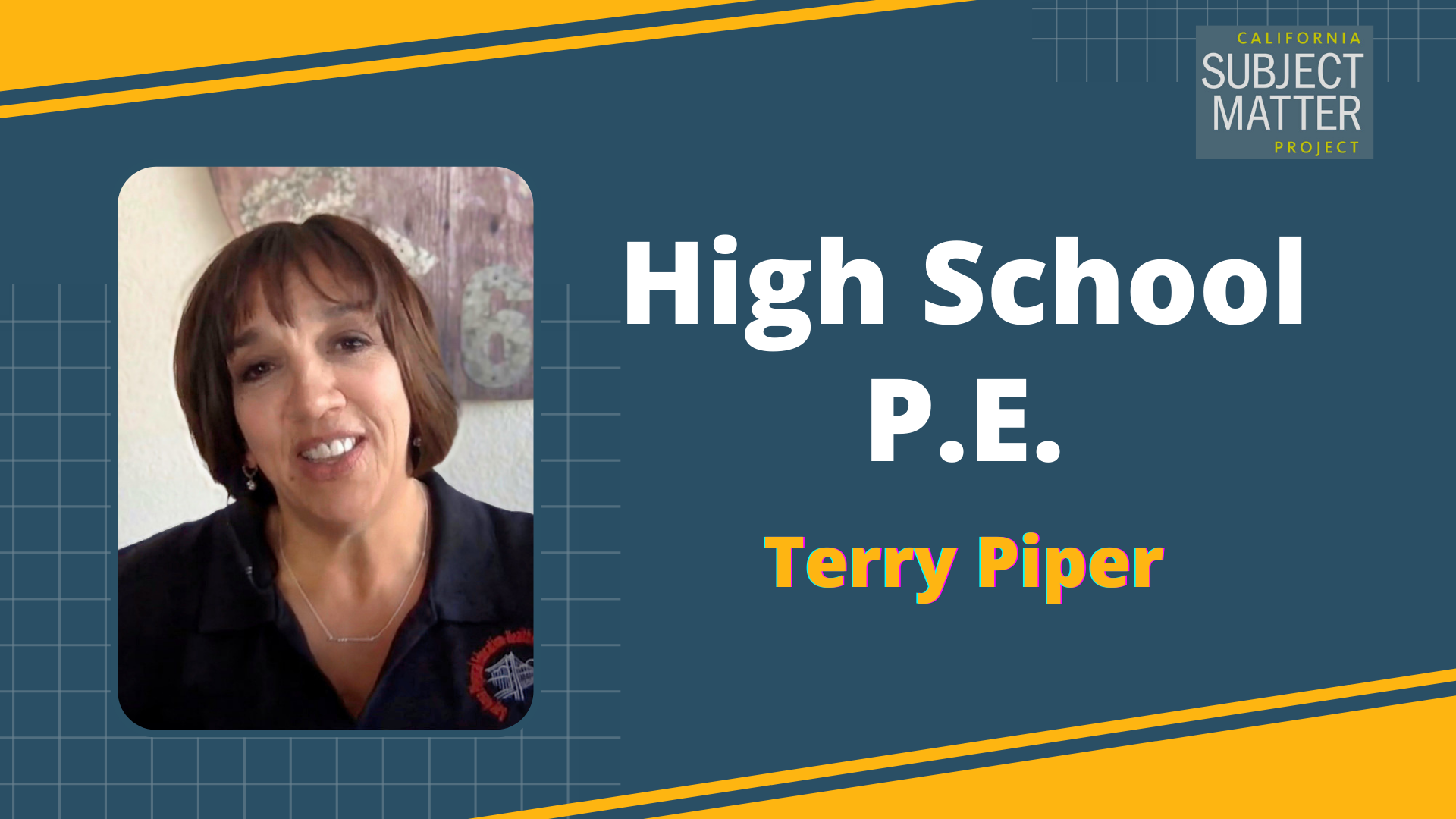
High School P.E.
Terry Piper shares best practices and tips for anyone wishing to teach High School P.E. (This is the fourth video of the four-part Physical Education video collection.)
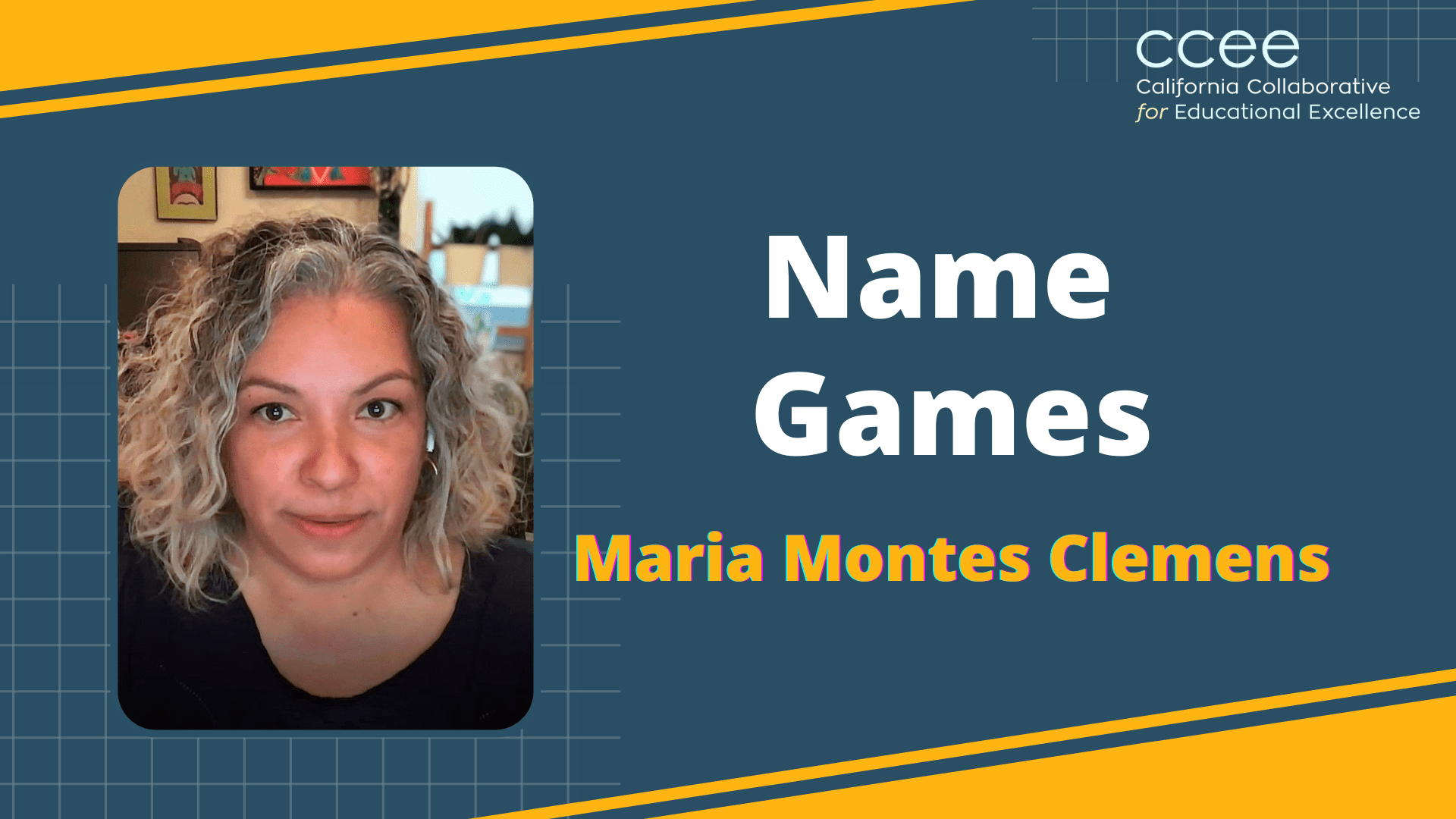
Name Games
Maria Montes Clemens shares three name learning games to help you create relationship with students and improve classroom management. In this video, you will learn about the “Name and Personal Attribute Cards”, “How to Syllable Out Your Name With an Action Game”, and the “Circle Name Memory Game” strategies.
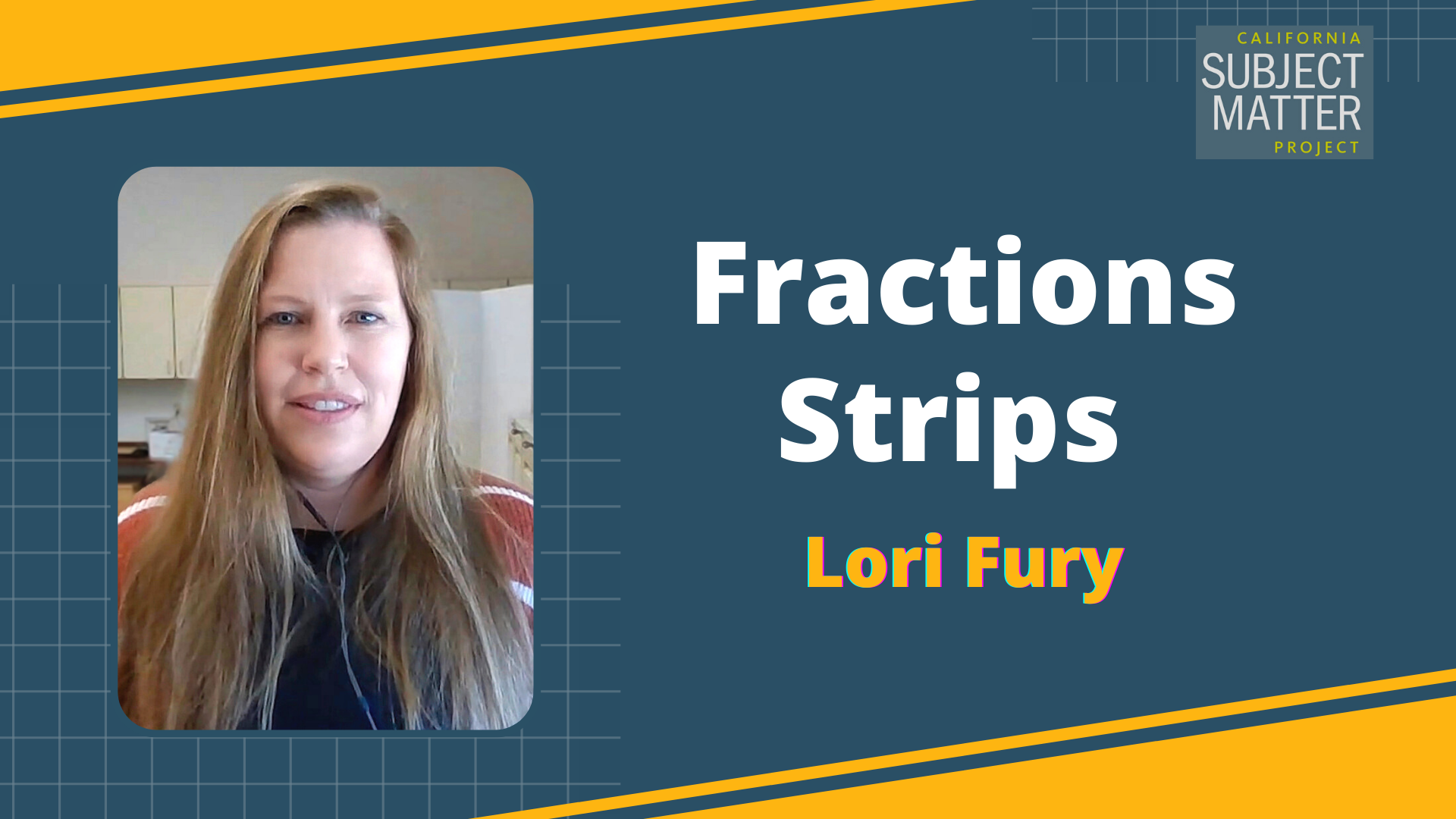
Fractions Strips
Lori Fury, math teacher in Western Placer Unified School District, tells us how to use the “Fraction Strips” activity to help students build their understanding of what a fraction is and how various fractions compare to one another.
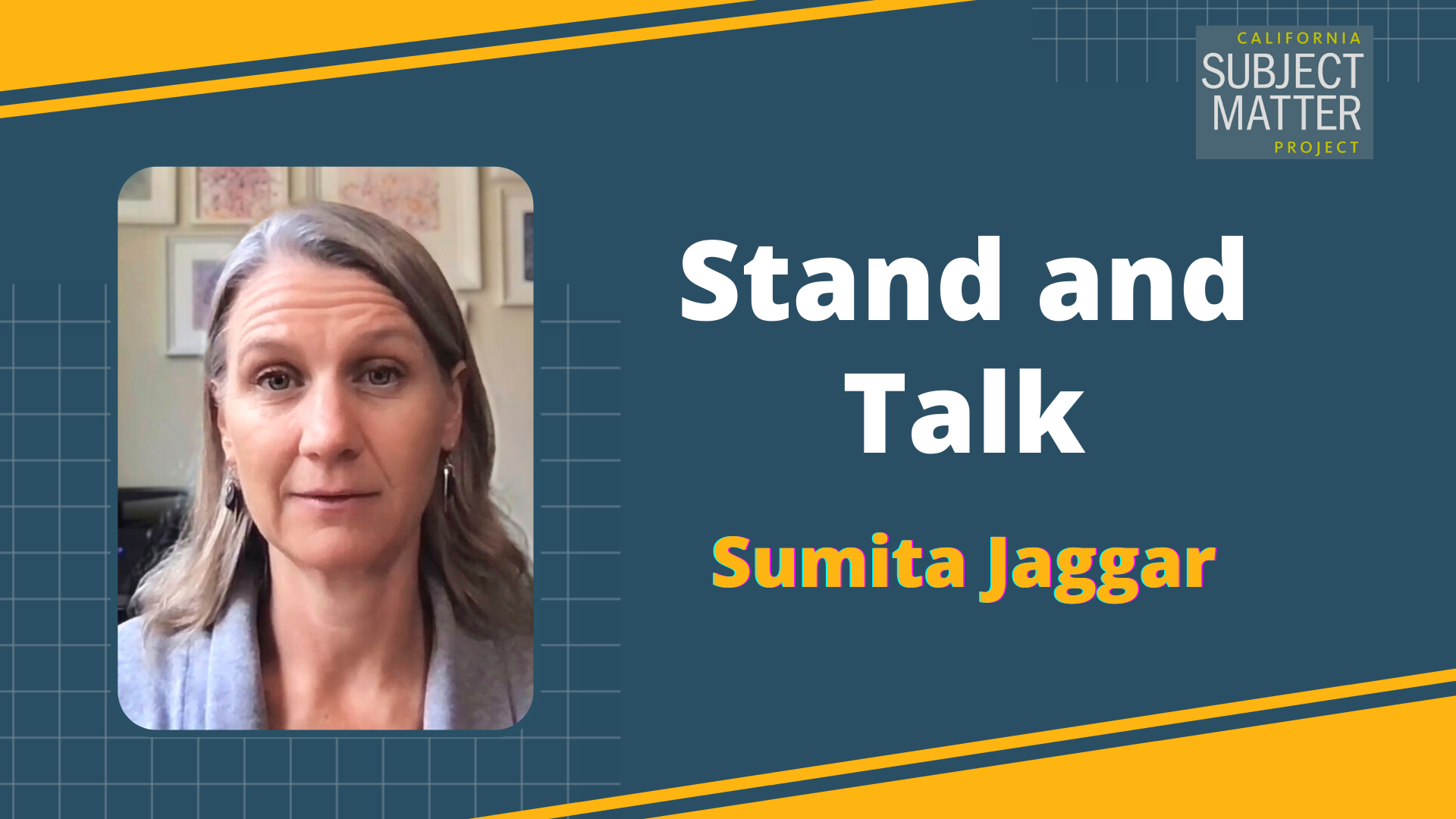
Stand and Talk
Sumita Jaggar, teacher leader with the Monterey Bay Area Math Project, tells us how to use the “Stand and Talk” activity to engage students in conversations about math concepts or ideas that provide them with enough base understanding to tackle a problem.

Guided Inquiry
Learn how to use the “Guided Inquiry” process as an engaging way to introduce a new topic and promote higher-level thinking with students.

Partner Talk: “I am, I Can”
Valerie Sun, teacher specialist at Glendale Unified School District, tells us how to apply the “Partner Talk” strategy to help students practice using instructional language to talk about themselves in a low stakes environment.

Exit Tickets
Kim Guadagnoli, theater teacher at Grand Terrace High School, tells us how to use the “Exit Ticket” strategy to help students review and reflect on their learning.
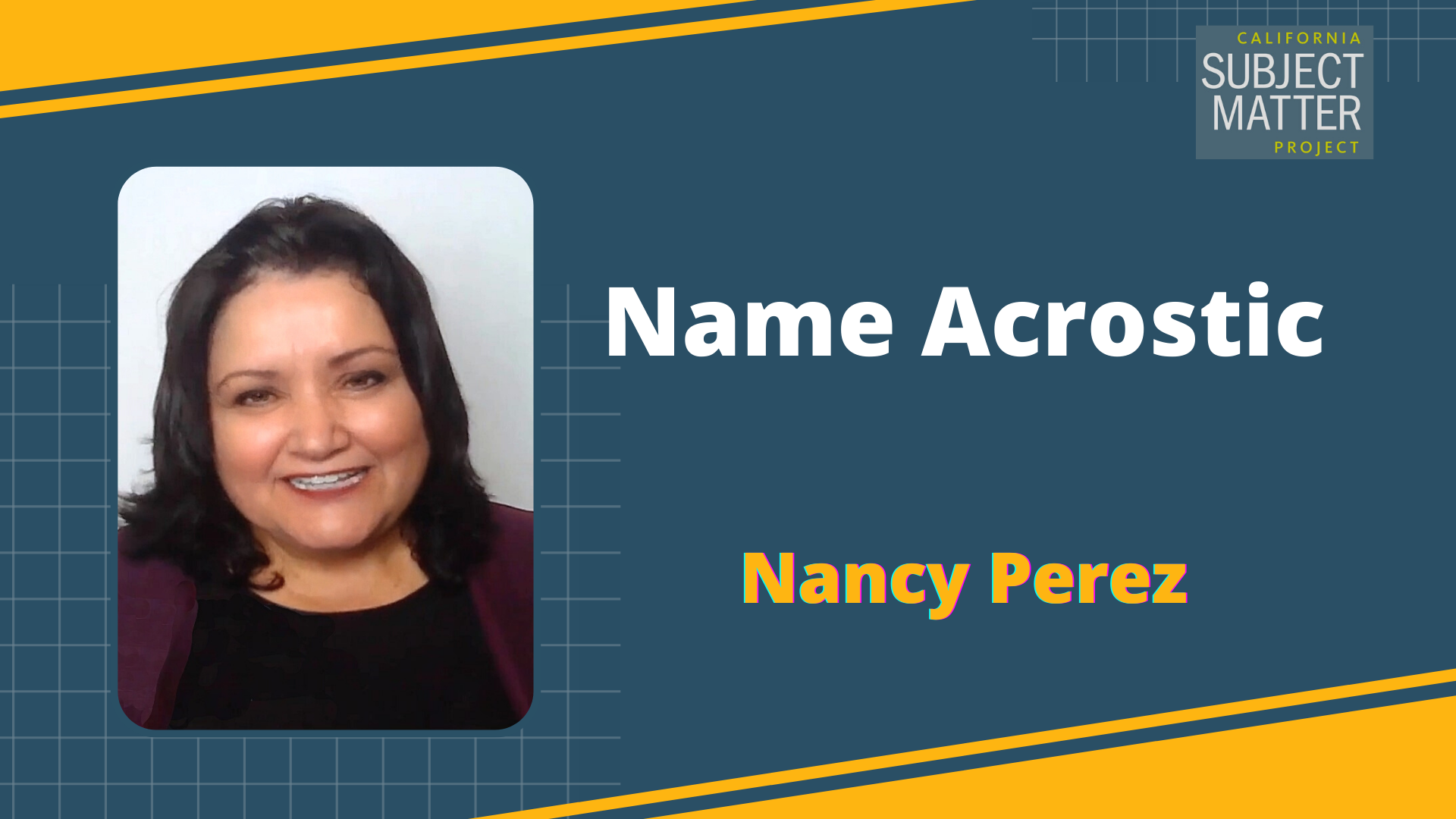
Name Acrostic
Nancy Perez, Spanish teacher at El Diamante High School, tells us how to use the “Name Acrostic” activity to encourage students to talk about and share their identity in a creative way.

Interactive Read-Aloud
Dr. Liliann Patterson, third grade teacher at Westmorland Union Elementary, tells us how to use the “Interactive Read-Aloud” activity to help students learn, use, and practice new language through meaningful conversations.
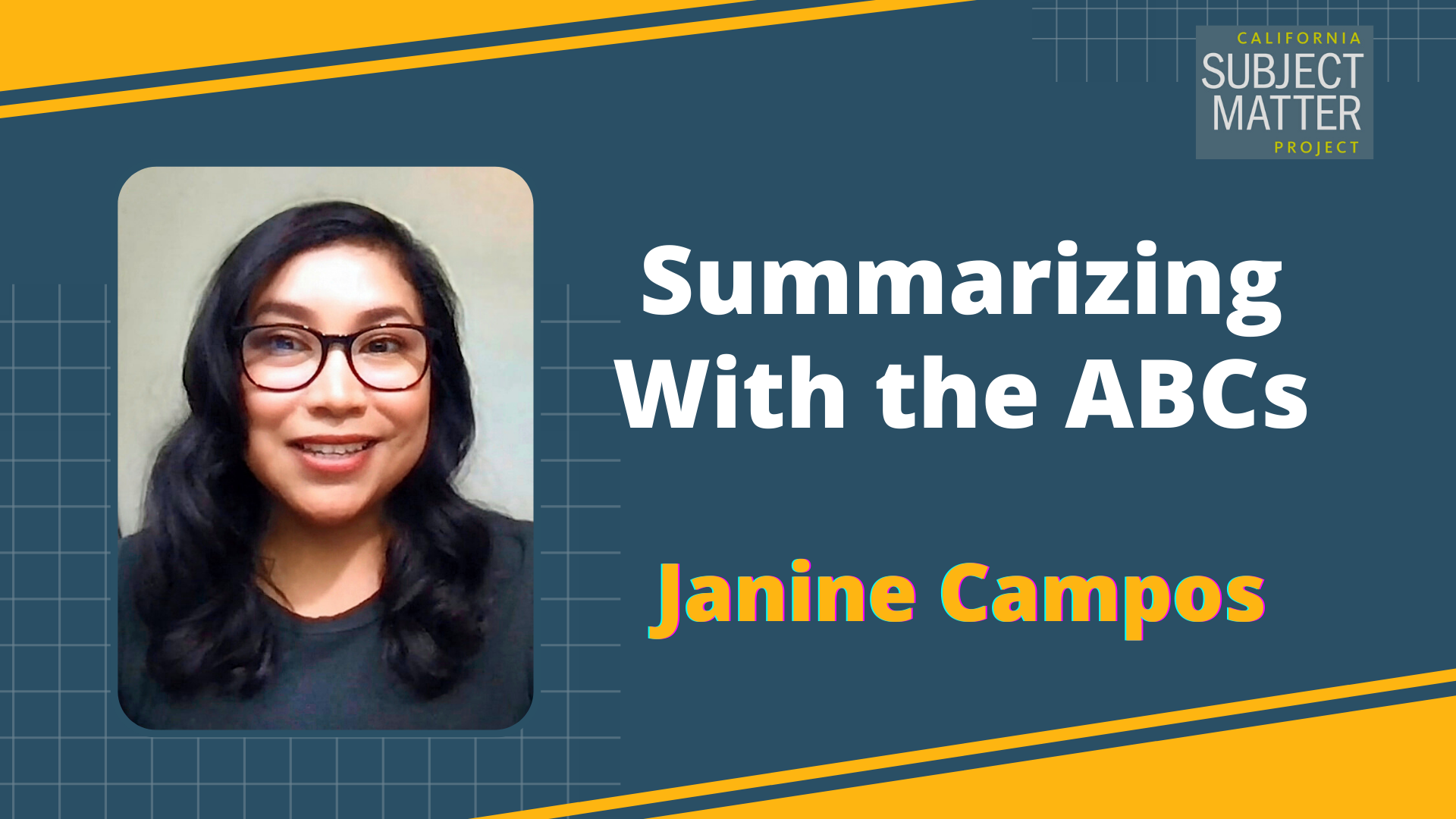
Summarizing with the ABCs
Janine Campos, language arts specialist in the National School District, tells us how to use the “Summarizing with the ABCs” activity to help students identify and differentiate between the minor and major details of a text.
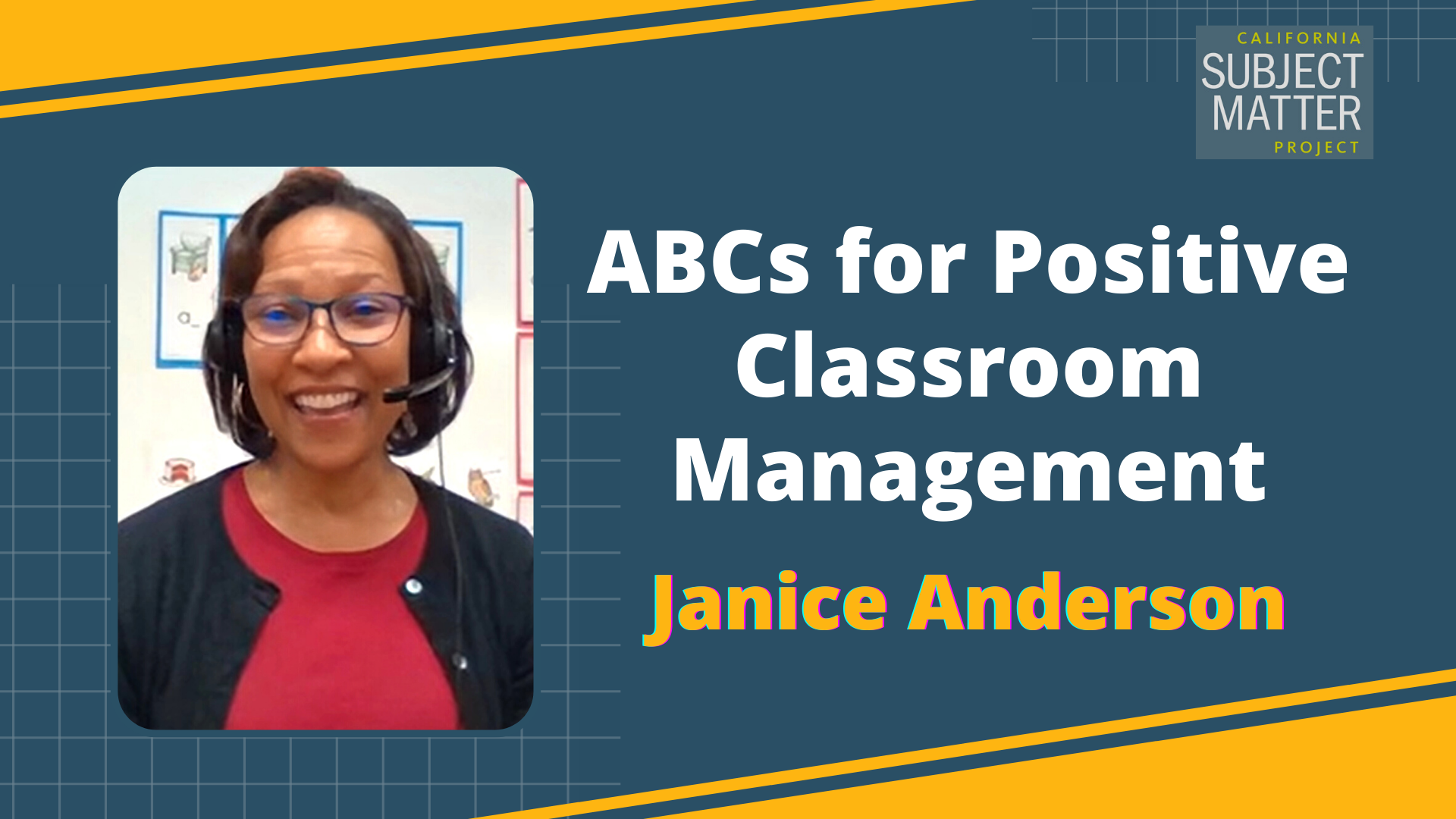
ABCs for Positive Classroom Management
Janice Anderson, a primary grade resource teacher at Encanto Elementary School, tells us how to apply the “ABCs for Positive Classroom Management” strategies to create a safe learning environment that allows for students and teachers to interact and engage in a positive way.
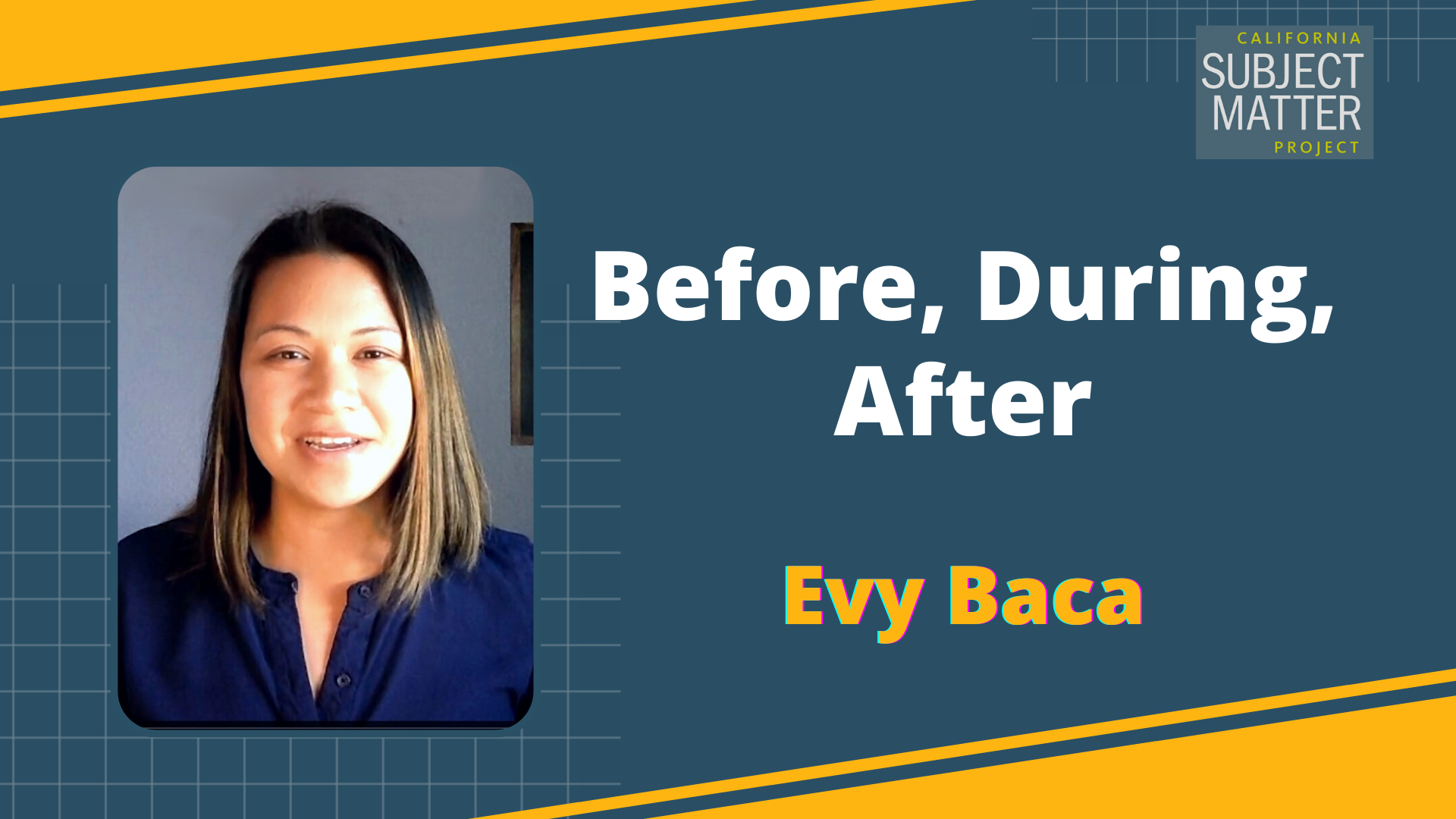
Before, During, After
Evy Baca, kindergarten teacher in the National School District, tells us how to incorporate the “Before, During, and After” activity when doing a read aloud to build students’ vocabulary and support their reading comprehension.

I Notice, I Wonder
Betsy Hall, K-5 reading specialist at Albert Einstein Academy Charter Elementary School, tells us how to apply the “I Notice, I Wonder” strategy to help teachers make a read aloud more interactive, meaningful, and engaging for students.
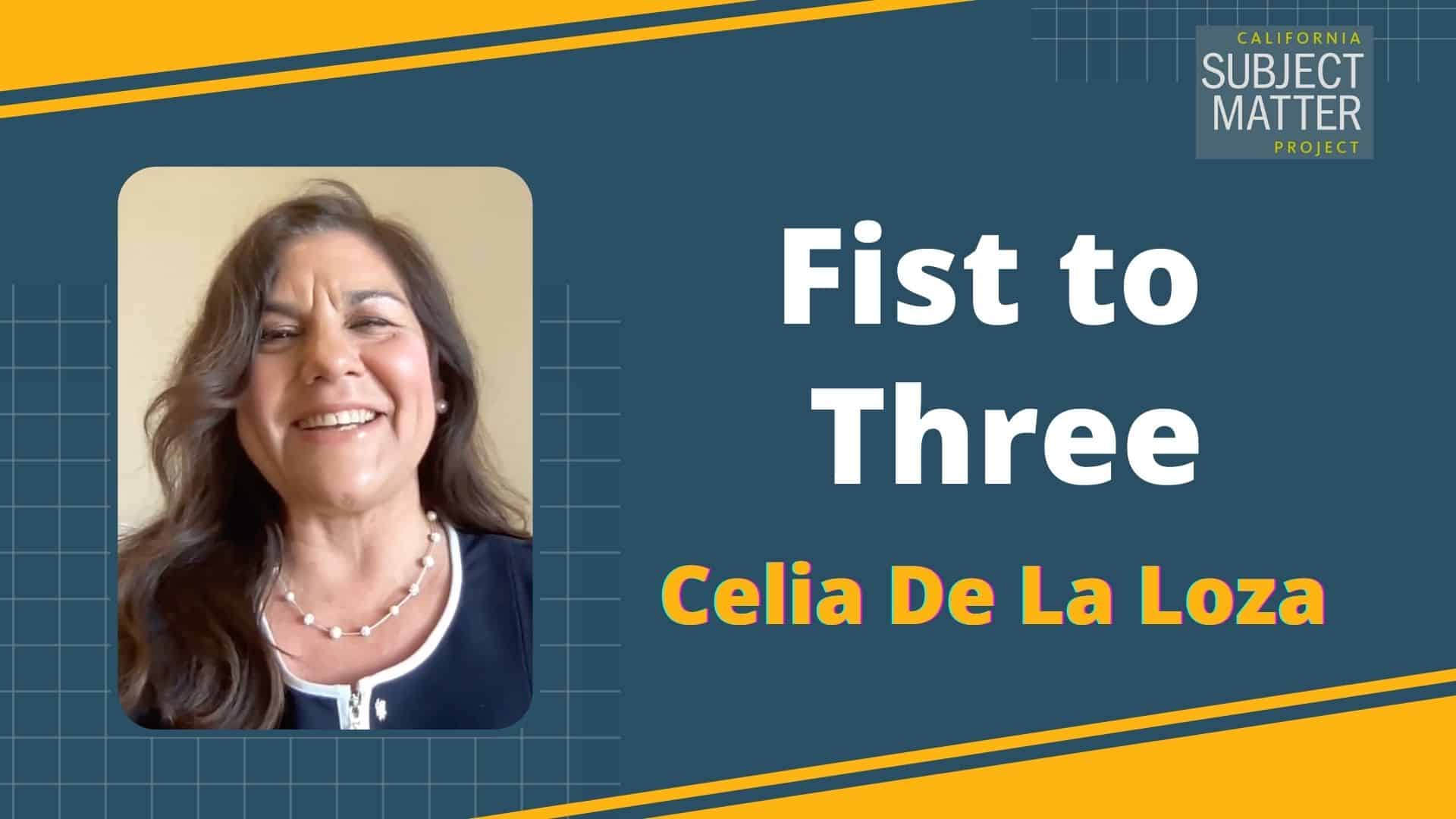
Fist to Three
Celia De La Loza, TK-5 teacher at Valencia Academy of the Arts, tells us how to apply the simple “Fist to 3” strategy to help teachers quickly gauge student understanding across any content area or activity.
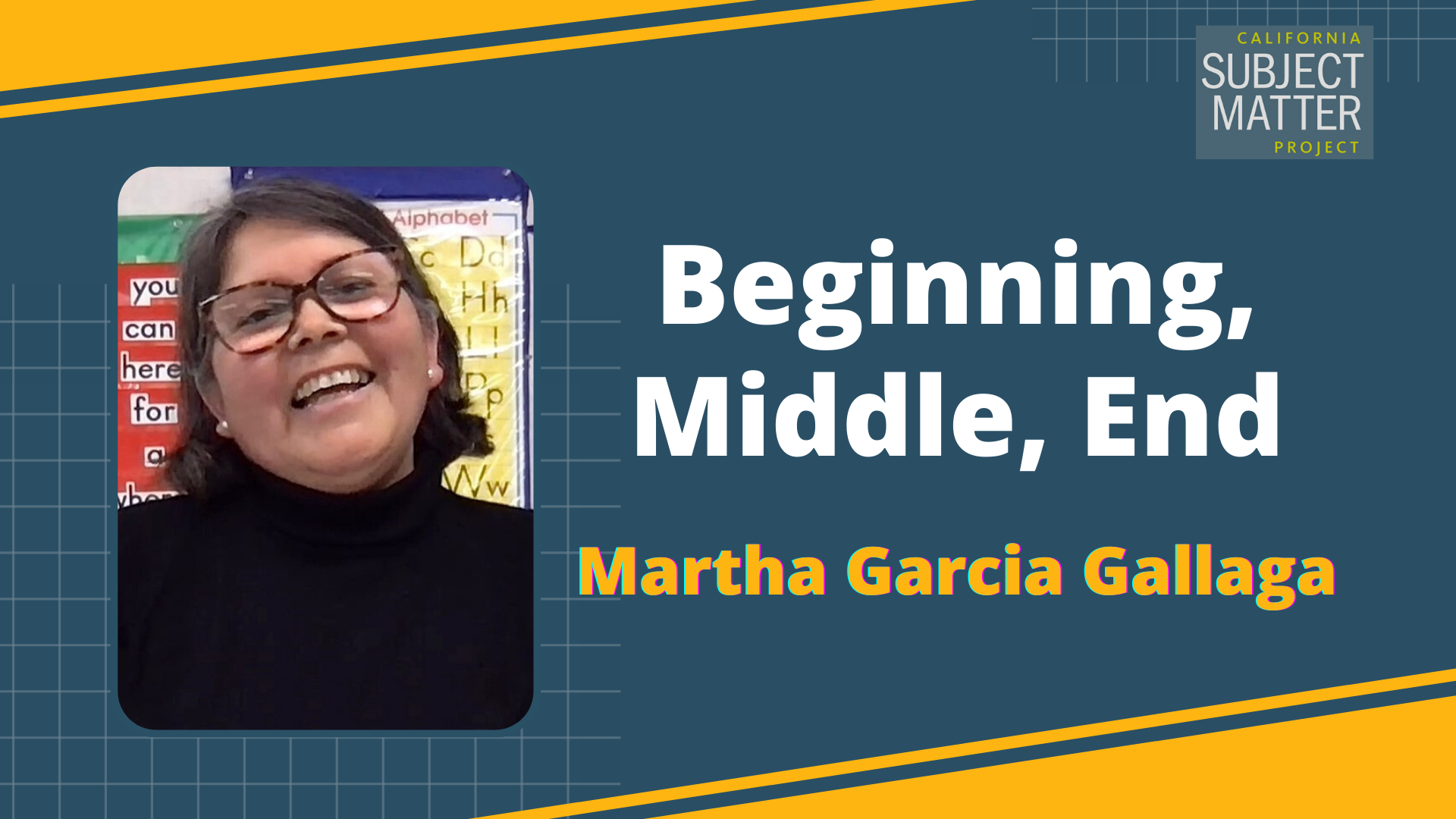
Beginning, Middle, End
Martha Garcia Gallaga, TK English teacher at Las Palmas Elementary School, tells us how to use the “Beginning, Middle, and End” activity after a read aloud to help TK-1st grade students retain information about the characters and events in the story.
